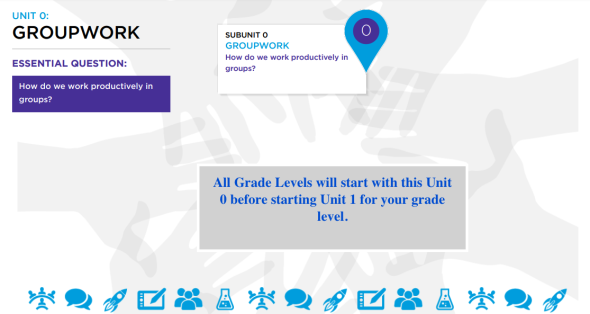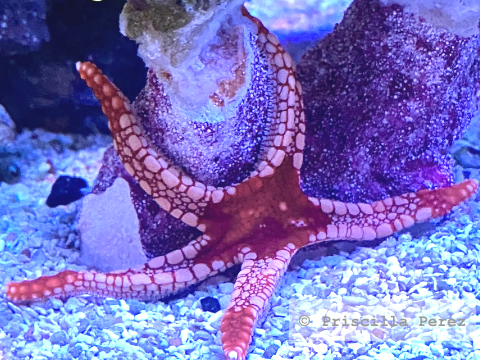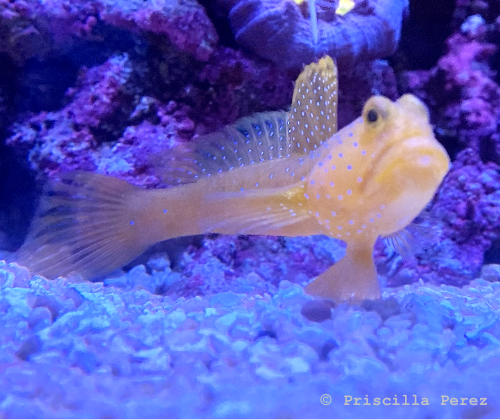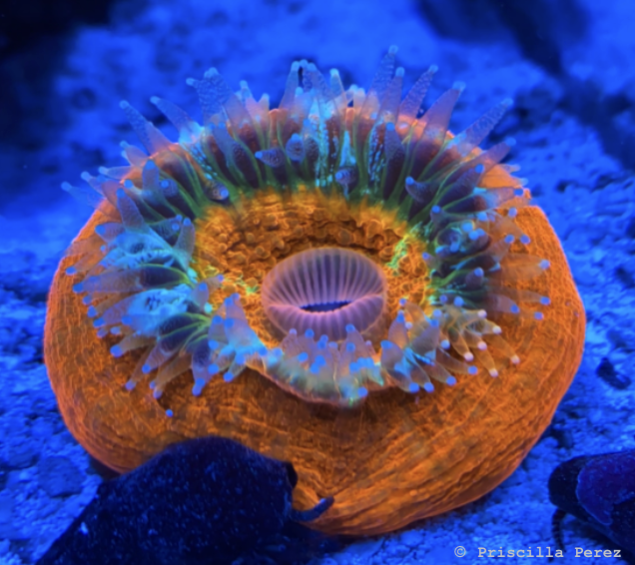
Unit 0: Groupwork
Start the year off here!! All grade levels start teaching with Unit 0 at the beginning of the school year. Below you can view and download the Unit 0 contents.
Unit 0: Groupwork
Link to this section
Unit 0: Overview
Overview

Every grade level starts off with Unit 0: Groupwork.
Unit 0: Groupwork, which prepares students for the kind of work required in the other four units, follows a different structure than the rest of our curriculum.
Groupwork is an instructional strategy that helps to promote more equitable classrooms, provides opportunities for student interactions, and increases participation in science discussions with the goal of improving student learning. Unfortunately, some students are perceived by their peers as having low academic performance and/or linguistic abilities. Our goal is to equalize rates of participation so all students are able to contribute to the learning of the whole class. One effective method of doing this is to help students understand that they need the intellectual abilities of their group members to successfully complete the tasks throughout this curriculum. To promote the idea that all students have something to contribute, we suggest that you use the following two statements when introducing each project.
- No one is good at all the abilities.
- Everyone is good at some of the abilities.
Unit 0: Groupwork Unit Plan
Unit 0: Groupwork Materials
Materials
View and download (by making a copy) Materials
- Permanent materials have already been provided to all middle schools in the district and are expected to be reused from year to year.
- Consumable materials are replenished on an as-needed basis from year to year.
- Teacher Provided materials must be supplied by teachers each year.
Unit 0: Groupwork Materials
|
|
|
|
|
|
|
|
Unit 0: Groupwork Lessons
Unit 0: Groupwork
📂 Download ALL lessons at one time for Unit 0: Groupwork from this folder. 📂
Lessons
This Groupwork Unit will help students learn two important components of productive and efficient groupwork. The first component is each member having a Groupwork Role and playing it throughout the lesson. These Groupwork roles are Facilitator, Recorder/Reporter, Resource Manager, and Team Captain. Lesson 2 introduces these Groupwork Roles; thereafter, the Groupwork Roles should be used in every lesson. The second important component of groupwork is a set of Groupwork Norms that every member must adhere to. These Groupwork Norms are introduced in different Groupwork lessons. In the Groupwork Norms handout (Lesson 1), each Groupwork Norm is provided on a separate page to allow you to make posters to display in your classroom.
| Lesson | Lesson Name | Teacher Document | Student Handout |
|---|---|---|---|
| 1 |
Puzzle Challenge |
||
| 2 | Role Playing | ||
| 3 |
Match My Drawing |
MS SU1 Lesson 3 Teacher | |
| 4 |
Build the Tallest Tower |
MS SU1 Lesson 4 Teacher | MS SU1 Lesson 4 Student |
| 5 |
Science and Engineering Are for Everyone |
MS SU1 Lesson 5 Teacher | MS SU1 Lesson 5 Student |
| 6 |
Science Safety |
📂 Download ALL lessons at one time for Unit 0: Groupwork from this folder. 📂
Want to know more about Groupwork?
Do you want to learn more about Groupwork?
Resources
Here are some resources for Unit 6.1 Energy:
Thermal Energy
Energy Foundations for High School Chemistry
“ENERGY FOUNDATIONS for High School Chemistry.” Energy Foundations for High School Chemistry. Accessed November 1, 2019. http://highschoolenergy.acs.org/content/hsef/en.html.
(These resources were written with the high school teacher in mind, but they could be helpful for those wanting to brush up on their understanding of thermal energy.)
Engineering Design
PBS LearningMedia California
“What Is the Engineering Design Process?” PBS LearningMedia. Building Big, October 4, 2019. https://ca.pbslearningmedia.org/resource/phy03.sci.engin.design.desprocess/what-is-the-engineering-design-process/#.XbMGDUX0k62.
(These resources are helpful for familiarizing yourself with the engineering design process students use during the unit.)
Experimental Design
National Center for Education Statistics: Kids’ Zone
“National Center for Education Statistics (NCES) Kids' Zone Home Page, Part of the U.S. Department of Education.” NCES Kids' Zone Test Your Knowledge. Accessed November 1, 2019. https://nces.ed.gov/nceskids/createagraph/
Recommended Videos
BrainPOP: Scientific Method
“Scientific Method.” BrainPOP. Accessed November 1, 2019. https://www.brainpop.com/science/scientificinquiry/scientificmethod/.
Recommended Reading
Science Buddies: Variables in Your Science Fair Project
Science Buddies. “Variables in Your Science Fair Project.” Science Buddies. Science Buddies, August 28, 2019. https://www.sciencebuddies.org/science-fair-projects/science-fair/variables#whatarevariables.
mathxscience.com: Experimental Variables
“Middle School Science Help: Krystal Cortez: Scientific Method Variables.” Middle School Science Help | Krystal Cortez | Scientific Method Variables. Accessed November 1, 2019. http://mathxscience.com/scientific_method_variables.html.
Science Made Simple: Designing Science Fair Experiments
“Designing Science Fair Experiments by Science Made Simple.” Designing Science Fair Experiments. Accessed November 1, 2019. https://www.sciencemadesimple.com/science_fair_experiment.html.
The Human Spark: Experimenting with Experiments
“Experimenting with Experiments ~ Lesson Activities.” PBS. Public Broadcasting Service, January 19, 2011. https://www.pbs.org/wnet/humanspark/uncategorized/experimenting-with-experiments-lesson-activities/431/.
Assessment Practice Items
Stanford University: Stanford NGSS Assessment Project, Short-Response Items
“Short-Response Items.” Short-response items | Stanford NGSS Assessment Project. Accessed November 1, 2019. https://snapgse.stanford.edu/snap-assessments/short-response-items.
Other Resources Used in 6.1 Energy
“Beat the Heat!” NASA. NASA. Accessed November 1, 2019. https://spaceplace.nasa.gov/beat-the-heat/en/.
“Inverted Bottles.” Exploratorium, August 1, 2017. https://www.exploratorium.edu/snacks/inverted-bottles.
Lab Interactive. Accessed November 1, 2019. http://lab.concord.org/embeddable.html#interactives/sam/phase-change/6-phase-changes-caused-by-energy-input.json.
PhET Interactive Simulations, University of Colorado Boulder,
https://phet.colorado.edu.
“Observation & Inference.” Observation & Inference • Unit [T1] SciGen SERP. Accessed November 1, 2019.
https://serpmedia.org/scigen/t1.html.
View and download (by making a copy) of Resources
Note: The CC BY-NC 4.0 License does not apply to photos, images, articles, and other materials within the curriculum that have been licensed by San Francisco Unified School District and Stanford University (the Authors). These include but are not limited to photos from commercial stock photo/image agencies such as Shutterstock.com or Getty Images (iStock.com) and photos or graphics where the Authors obtained permission from organizations such as UCMP or SERP. This CC BY-NC 4.0 License also does not apply to articles that the Authors received permission to reprint [Reprinted with Permission]. You can identify such a photo, image, or licensed material by looking at the credit embedded within or associated with the content. You are allowed to reproduce the licensed material for your own personal, classroom, non-commercial use only, BUT (i) you may not modify, alter, adapt, or otherwise create any derivative work from, a licensed material and (ii) you may not distribute, transmit or disseminate a licensed material or any copy or derivative work thereof, to any third party, whether by itself, as part of a large works, or otherwise.
Note also, that throughout the student pages, there are some icons created by SFUSD and Stanford that may not have a credit line because of lack of space.
The general icons that follow were created by the San Francisco Unified School District and Stanford University and are all [CC BY-NC 4.0]:
The culminating project icons that follow were created or photographed by the San Francisco Unified School District and Stanford University and are all [CC BY-NC 4.0]:
This page was last updated on July 25, 2023




